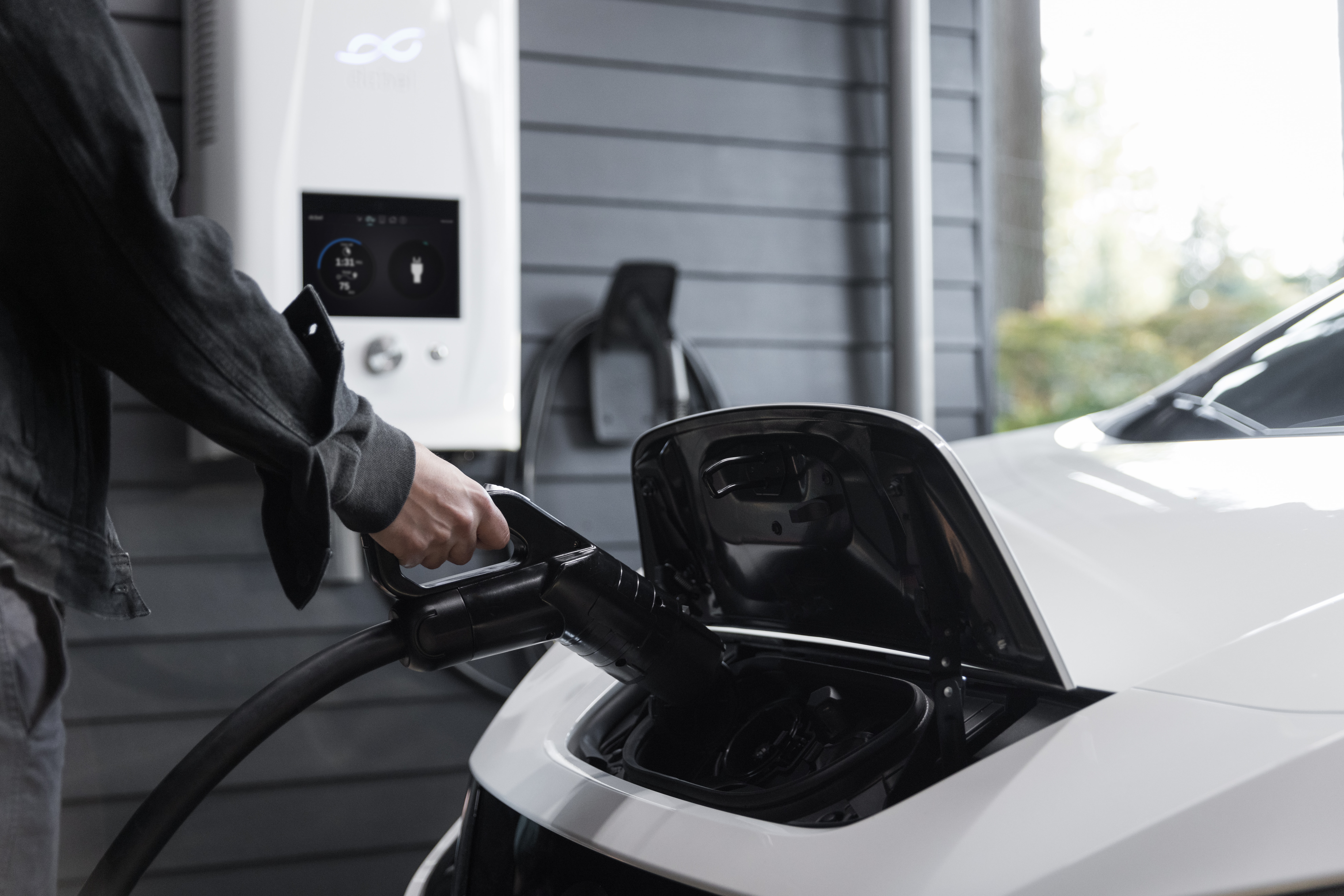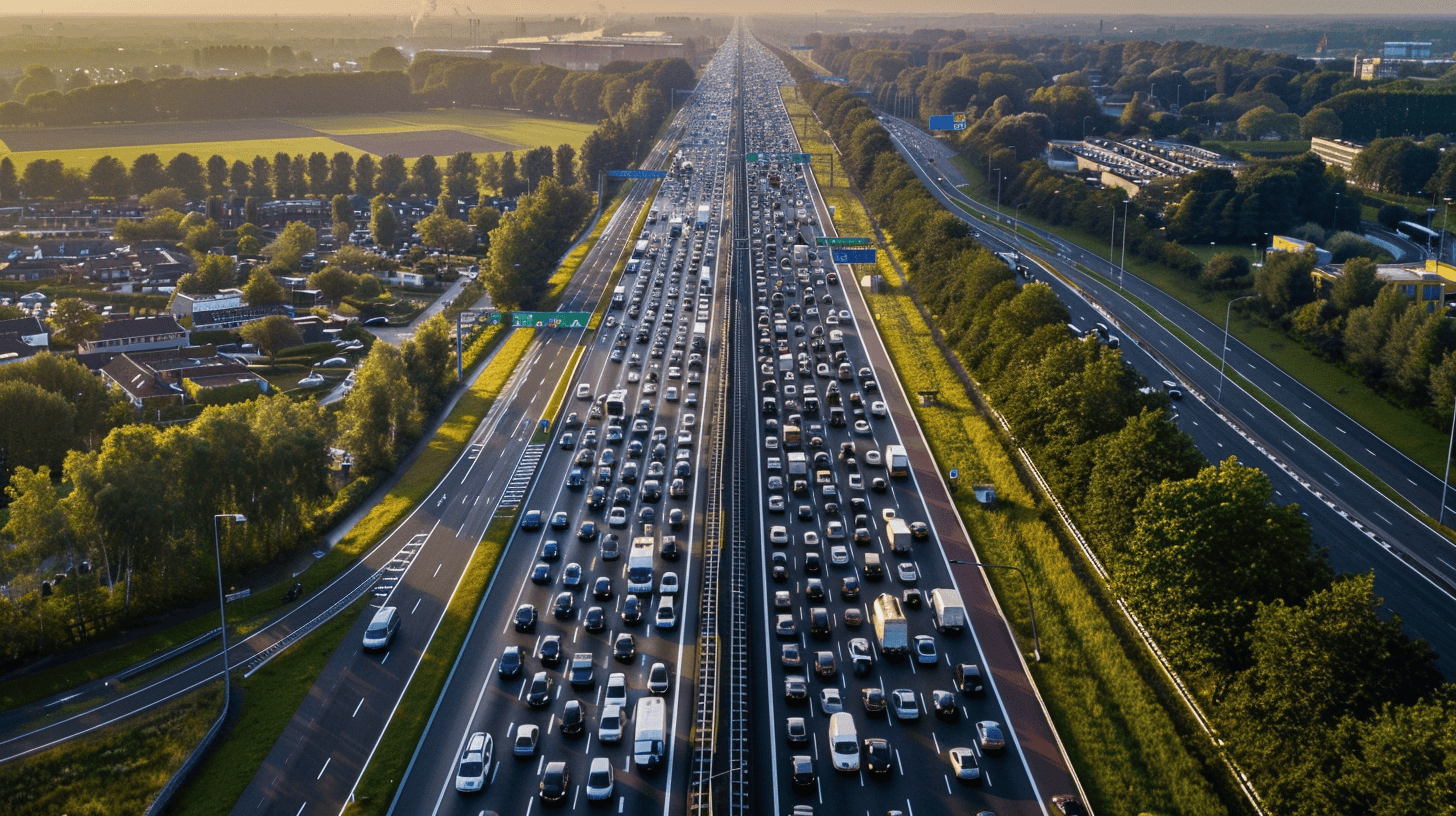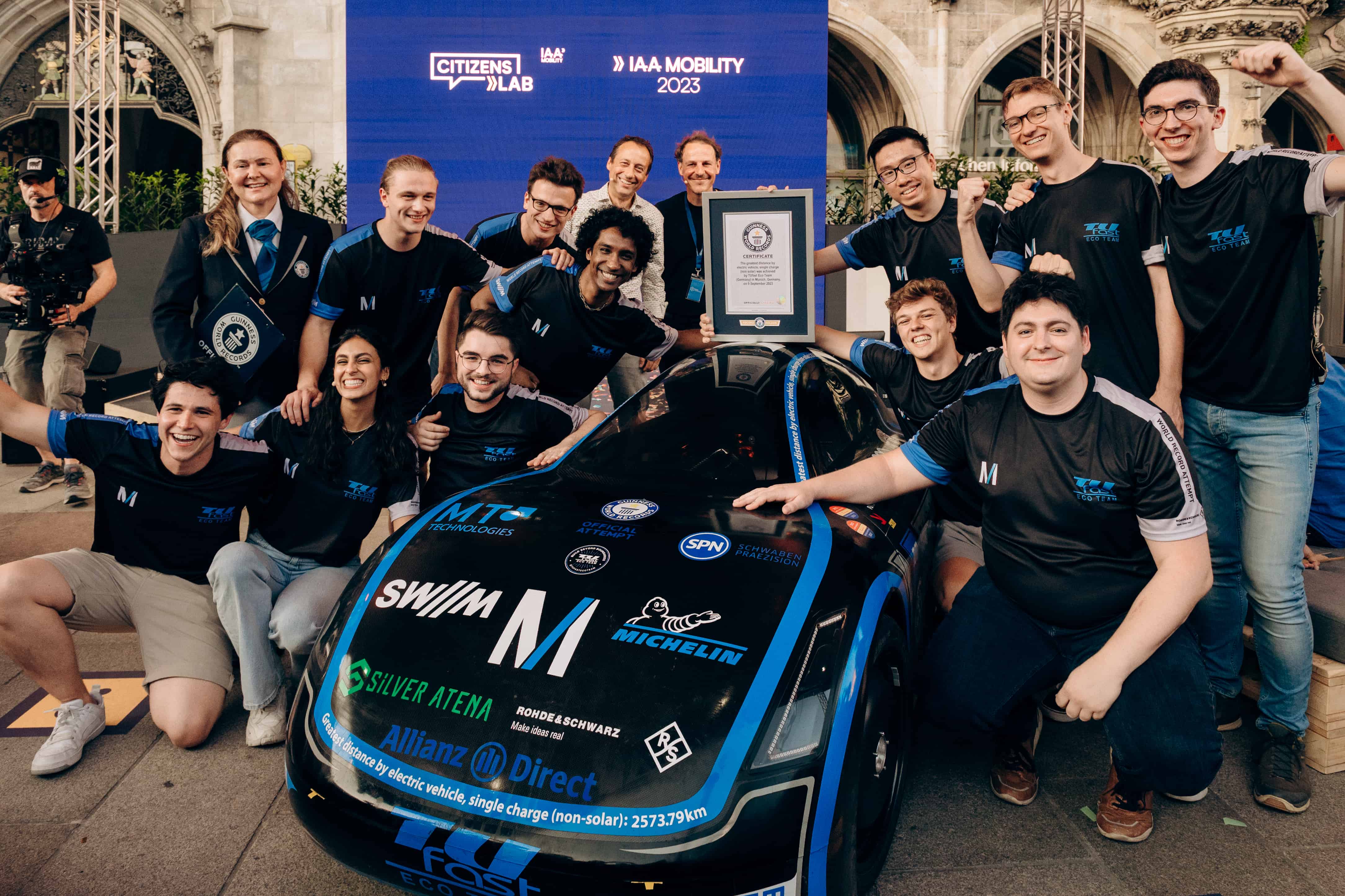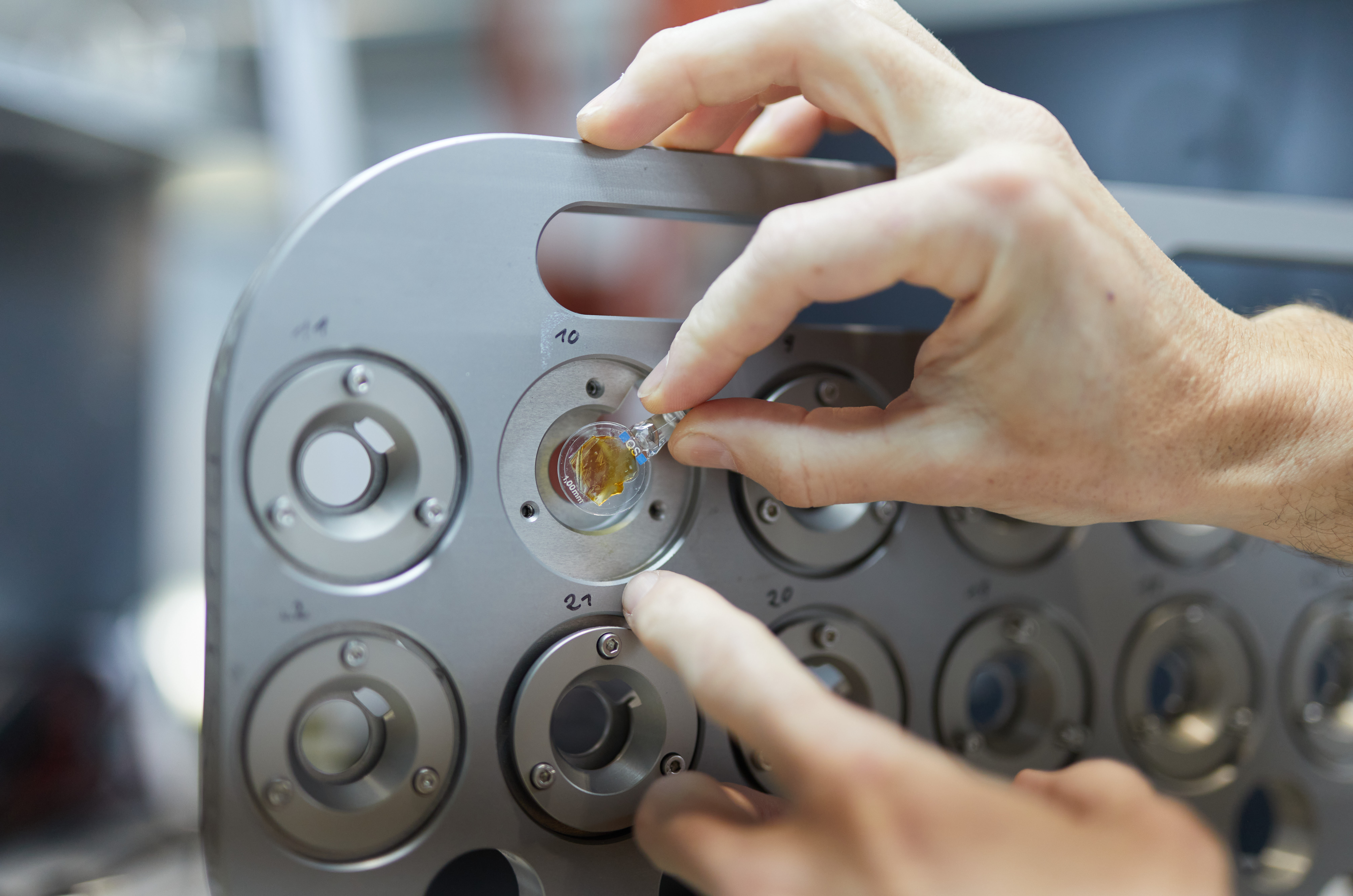
Researchers at Technische Universität München (TUM), together with industry partners, have developed a technology to send a bird’s eye view of the traffic situation to a self-driving or networked car. This improves road safety, the university said in a press release.
The expectations for autonomous driving are clear: “Cars should not only drive safely at low speeds, but also in fast-moving traffic,” says Jörg Schrepfer, the head of Driving Advanced Research Germany at Valeo. For example, when objects fall from a truck, a car’s normal perspective will often not be able to detect the dangerous debris in time. “In those cases, it will be difficult to perform a smooth evasive manoeuvre,” says Schrepfer. Researchers in the Providentia++ project have spent five and a half years developing a system to relay an additional image of the traffic situation to vehicles. “Using sensors on overhead sign bridges and pylons, we created a reliable real-time digital twin of the traffic situation on our test route,” says Prof Alois Knoll.
Time pressure
This is far from trivial: the digital twin needs to know the exact location of the vehicle in which the information from the sensor station is transmitted. To synchronise the information from the vehicles and sensor stations for the digital twin, the researchers use the UTC standard, which provides a uniform basis for coordinating time. Ideally, the digital mapping would be superimposed as a second layer over the perspective of the car. However, time differences in the overall system cannot be completely avoided. Physical sensing by the sensors and processing the data into radio transmission to the vehicle takes time. The data is packed, encoded and transmitted and then decoded in the car. Other conditions also play a role, such as the distance of the vehicle from the transmitter mast and traffic density on the data network. A recent demonstration run used the LTE (4G) wireless standard, which had a delay of 100 to 400 milliseconds. “These delays can never be completely eliminated. But intelligent algorithms will help,” Schrepfer explains: “The results will be even better in the future when we have full coverage with the 5G or 6G telecommunications standards.”
Knoll is very pleased with the results: “The digital twin is ready for the project development phase. The concept works reliably in day-to-day operations and is suitable not only for highways but also for country roads and intersections.”

Selected for you!
Innovation Origins is the European platform for innovation news. In addition to the many reports from our own editors in 15 European countries, we select the most important press releases from reliable sources. This way you can stay up to date on what is happening in the world of innovation. Are you or do you know an organization that should not be missing from our list of selected sources? Then report to our editorial team.







